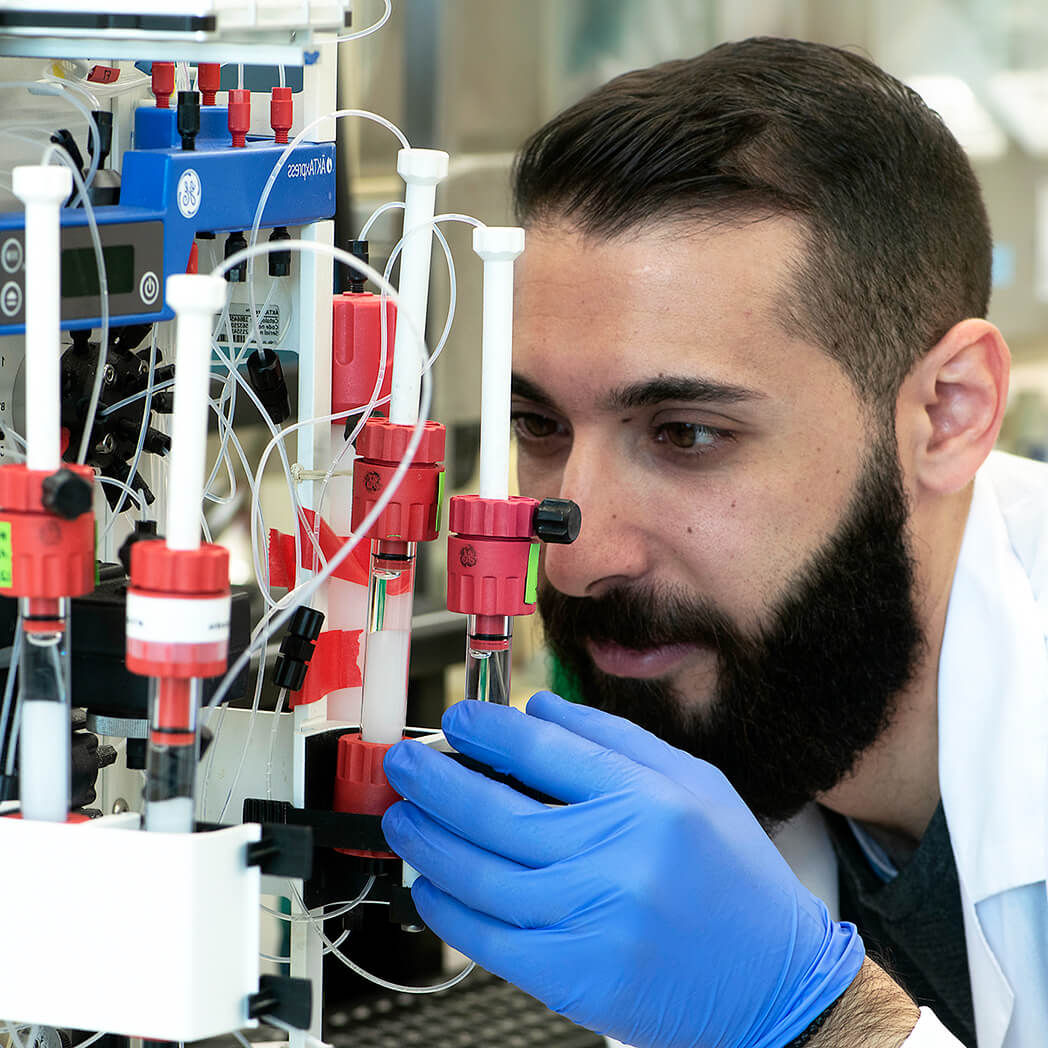Overview
- Peptide (C)DSDRPEGSKFRLTGK, corresponding to amino acid residues 164 - 178 of mouse CDH13 (Accession Q9WTR5). Extracellular, N-terminus.

Cadherin-13 (extracellular) Blocking Peptide (#BLP-NR233)
 Western blot analysis of rat brain lysates (lanes 1 and 3) and mouse brain lysates (lanes 2 and 4):1-2. Anti-Cadherin-13 (extracellular) Antibody (#ANR-233), (1:200).
Western blot analysis of rat brain lysates (lanes 1 and 3) and mouse brain lysates (lanes 2 and 4):1-2. Anti-Cadherin-13 (extracellular) Antibody (#ANR-233), (1:200).
3-4. Anti-Cadherin-13 (extracellular) Antibody, preincubated with Cadherin-13 (extracellular) Blocking Peptide (BLP-NR233). Western blot analysis of rat heart membranes:1. Anti-Cadherin-13 (extracellular) Antibody (ANR-233), (1:200).
Western blot analysis of rat heart membranes:1. Anti-Cadherin-13 (extracellular) Antibody (ANR-233), (1:200).
2. Anti-Cadherin-13 (extracellular) Antibody, preincubated with Cadherin-13 (extracellular) Blocking Peptide (BLP-NR233). Western blot analysis of human MEG-01 megakaryoblastic cell line lysate (lanes 1 and 4), human HUVEC endothelial cell line lysate (lanes 2 and 5) and human SH-SY5Y neuroblastoma cell line lysate (lanes 3 and 6):1-3. Anti-Cadherin-13 (extracellular) Antibody (#ANR-233), (1:200).
Western blot analysis of human MEG-01 megakaryoblastic cell line lysate (lanes 1 and 4), human HUVEC endothelial cell line lysate (lanes 2 and 5) and human SH-SY5Y neuroblastoma cell line lysate (lanes 3 and 6):1-3. Anti-Cadherin-13 (extracellular) Antibody (#ANR-233), (1:200).
4-6. Anti-Cadherin-13 (extracellular) Antibody, preincubated with Cadherin-13 (extracellular) Blocking Peptide (BLP-NR233).
- Hirano, S. et al. (2012) Physiol. Rev. 92, 597.
- Hawi, Z. et al. (2018) Am. J. Med. Genet. B. Neuropsychiatr. Genet. 177, 168.
- Rubina, K.A. et al. (2021) Eur. J. Cell Biol. 100, 151183.
- Mossink, B. et al. (2022) Mol. Psychiatry. 27, 1.
- Denzel, M.S. et al. (2010) J. Clin. Invest. 20, 4342.
- Göddeke, S. et al. (2018) Int. J. Obes. 45, 1039.
- Andreeva, A.V. et al. (2010) Genes Chromos. Can. 49, 775.
Cadherin-13 (CDH13), also known as Heart Cadherin (H-Cadherin) or Truncated Cadherin (T-cadherin), is a member of the cadherin superfamily, a group of calcium-dependent cell adhesion molecules integral to various cellular processes, including tissue development and maintenance.1
Unlike classical cadherins, which are type I membrane proteins that span the cell membrane once, Cadherin-13 is anchored to the cell membrane by a glycosylphosphatidylinositol (GPI)-anchor, making it an atypical cadherin.1,2
Cadherin-13 is predominantly expressed in the nervous system, where it regulates neuronal migration, axon growth, and synaptic connectivity during brain development. It mediates cell adhesion through homophilic interactions, meaning it binds to other Cadherin-13 molecules on adjacent cells. This adhesive property is crucial for maintaining the structural integrity of neural circuits and facilitating proper brain function.2,3
Alterations in Cadherin-13 expression or function have been linked to various neurodevelopmental and psychiatric disorders, including attention-deficit/hyperactivity disorder (ADHD), autism spectrum disorder, and schizophrenia. These associations underscore the critical role of Cadherin-13 in brain function and behavior.3,4
Beyond the nervous system, Cadherin-13 has been implicated in metabolic regulation. It serves as a binding protein for high molecular weight isoforms of adiponectin, an adipose-derived hormone with anti-inflammatory and insulin-sensitizing properties. This interaction is essential for mediating adiponectin's effects on metabolic processes and vascular function.3,5,6
Finally, Cadherin-13 expression is often downregulated in various cancers, including colon and prostate cancers. This downregulation is associated with increased invasive and metastatic potential of tumor cells and poorer prognosis, indicating that Cadherin-13 may function as a tumor suppressor.7
Application key:
Species reactivity key:
Anti-Cadherin-13 (extracellular) Antibody (#ANR-233) is a highly specific antibody directed against an extracellular epitope of the mouse protein. The antibody can be used in western blot and flow cytometry applications. It has been designed to recognize Cadherin-13 from mouse, rat and human samples.

